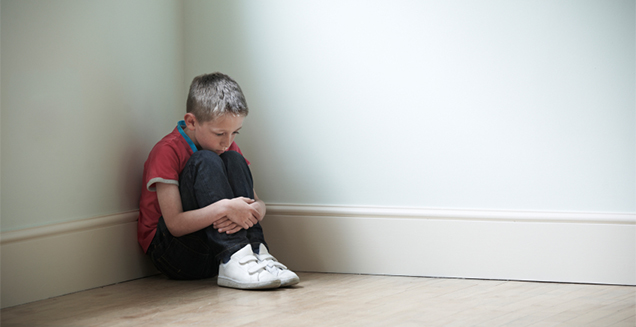Timeouts are a dated and ineffective parenting strategy, according to ‘experts’
 The Washington Post 19 November 2018
The Washington Post 19 November 2018
Family First Comment: This is why parents are confused and feel disempowered…
“Parenting experts have criticized the timeout technique in recent years, saying that it might neglect a child’s emotional needs. Most experts agree that punishment is harmful to a child’s emotional development and that isolation — the defining quality of the timeout technique — is a form of punishment.”
Perhaps parents should go with their gut instinct and stop listening to so-called ‘experts’!
The timeout technique, used by parents for decades, exploded into the public domain in the early 2000s thanks to TV’s “Supernanny” Jo Frost, who rebranded it as the “naughty step” technique. Supernanny may have left our screens, but many parents still rely on timeouts when their kids misbehave. A growing number of experts, though, advise against it.
Timeout involves placing your child in a designated quiet, isolated, safe place in the home immediately after they’ve ignored a warning to stop misbehaving. After a brief explanation for why they’re in timeout, the child sits there long enough to calm down and think about what they’ve done wrong. Frost recommends this for kids between 2 and 6 years old, and suggests keeping them there for one minute per year of age, and ignoring them while they are there. If they leave the spot before time is up, you must take them back, as often as necessary — while refusing to engage in any conversation. When the timer goes off, you reiterate why they were there, tell them to apologize for their behavior and give them hugs and kisses so they know you still love them.
Despite giving birth twice during the Supernanny era, I never used timeouts with my older kids, and I don’t plan to rely on it when the baby I’ll give birth to in a few weeks is old enough to go into full-blown tantrum mode. It’s not that I think I know any better — I just don’t get it. If it works so well, why do other parents need to use it several times a week? As far as I’ve seen, it has varying, unpredictable results. I remember my niece happily taking herself to the naughty step, then refusing to leave when her time was up; another friend told me that when she retrieved her son from the step she discovered that during his four minutes of “thinking” time, he’d created art — on the wall by the staircase with a rogue crayon.
Parenting experts have criticized the timeout technique in recent years, saying that it might neglect a child’s emotional needs. Most experts agree that punishment is harmful to a child’s emotional development and that isolation — the defining quality of the timeout technique — is a form of punishment.
“Children experience feelings of isolation and abandonment when placed in time out,” says Bonnie Compton, a child and adolescent therapist, parenting coach and author of “Mothering With Courage,” in an email. “There is loss of contact, which can also be interpreted as loss of a parent’s love, especially for younger children. Kids who are sent to their room often believe their isolation is a result of being bad enough that parents do not want to be around them.”
This can be particularly risky for kids who have a predisposition to anxiety, Compton adds. The isolation may increase their fears, and the more anxious they become, the more likely they may be to exhibit behavioral outbursts, such as destroying their toys or room during a timeout.
READ MORE: https://www.washingtonpost.com/lifestyle/2018/11/19/timeouts-are-dated-ineffective-parenting-strategy-so-whats-good-alternative/?utm_term=.f96f512b2429







